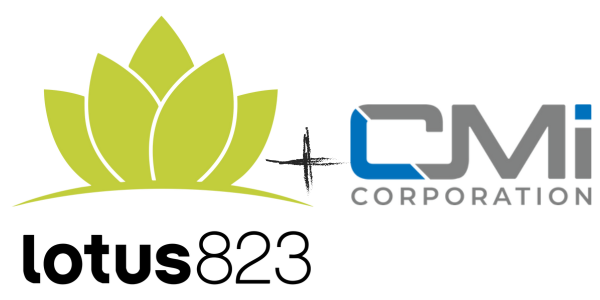As 2018 begins to wind down, November showed no signs of slowing down for digital marketing! Facebook and YouTube each began to roll out new features to benefit users on a day-to-day basis, and more importantly, keep them happy while using the platforms. LinkedIn reported to be testing ways to connect with a younger demographic, while Instagram is fighting to delete inauthentic activity on the platform. Although great strides were made on social media, print media took yet another hit with additional magazines announcing the end of print subscriptions. As the industry continues to evolve, read on to catch up on all the industry news you may have missed in November!
Social Media
Instagram Kills Off Fake Followers
In an effort to reduce spam and build a platform based on trust, Instagram is cracking down against third party automated apps that grow users’ followers with fake accounts. Instagram has begun to target accounts that use these apps, advising users to cut ties with the apps completely as they violate the platform’s policies. In doing so, Instagram is also encouraging users to keep their login credentials private, as they should not be shared with any third party apps. Although the platform has been fighting against these bots since 2014, this is the first time that the company has publicly voiced that they will be removing inauthentic activity (i.e. followers, likes, comments) as they have “built machine learning tools to help identify accounts that use third-party apps for boosting followers.”

Facebook Starts Rolling Out Dashboard To Show How Much Time You Waste On It Every Day
This month Facebook announced the platform will begin to slowly introduce its latest feature, “Your Time on Facebook.” Similar to how Apple introduced the ability to see how much time users spend in each of its apps, Facebook will now allow users to track how often they use the app. Users will also have the choice to opt into the feature where they can specify the maximum time they would like to spend on the app. Once the time limit is reached, Facebook will send the user a notification, letting them know that their daily allowance has been met. In a world where social media controls users, it seems as if developers want to put some of the control back into users’ hands.

LinkedIn Launches its Own Snapchat Stories
Following behind Facebook and Instagram stories, LinkedIn attempts to connect with a younger demographic by releasing its mimicking feature known as “Student Voices.” Currently in its testing phases, the feature can be found at the top of a college student’s (located in the United States) homepage, allowing them to share a short video to their “Campus Playlist,” which can be viewed by the public for one week. Afterwards, the video lives on the user’s personal profile permanently. LinkedIn hopes to encourage younger users to share their experiences at college campuses, internships, and jobs with other users through the feature. Critics are wary because unlike a spur of the moment Snapchat story, anything posted on LinkedIn has a direct impact on your professional career.
YouTube Will Let Users Watch More Ads to Start in Order to Avoid Disrupted Viewing
YouTube announced that the platform would test a compromise to viewers in the upcoming months. Understanding that mid-roll advertisements are disruptive and annoy users, ads are the lifeblood of YouTube and how the platform makes revenue. As a compromise, the platform will allow users to watch multiple ads prior to the start of a video, to avoid disruptions later. Through research, YouTube’s team learned that, “fewer interruptions is correlated with better user metrics, including less abandonment of content and higher rates of ad viewing,” so its compromise in theory will benefit both parties.
Industry News
Glamour Magazine to Cease Regular Print Publication
Another one bites the dust in the world of print magazines, as Glamour joins Seventeen and Redbook, who have all ceased print publication this year. In 2017, Glamour cut its subscription from 12 annual editions to 11, and although it has kept a stable following, the magazine has chosen to focus on digital efforts for 2019. Samantha Barry, the publication’s Editor in Chief as of earlier this year stated, “It’s where the audiences are, and it’s where our growth is,” and emphasized that Glamour is more than a magazine, it’s a brand.









